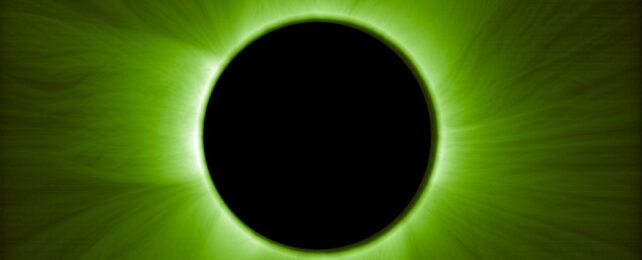A solar eclipse is a marvel. This quirk of the complex interplay between Earth, the Moon, and the Sun doesn't just remind us of the wonders of the cosmos – it gives us a window into the Sun we rarely get to see.
More specifically, with the Moon blotting out the main disk of the Sun, we can see details and features in the solar atmosphere, or corona, that are usually obscured from view. Now, a new satellite observatory has given us a way to watch an eclipse every single day.
It's the European Space Agency's Proba-3, and it's a marvelous feat of engineering. It consists of two separate spacecraft, the Coronagraph and the Occulter, that fly in precise formation separated by a distance of 150 meters (492 feet) – about 1.4 football fields.
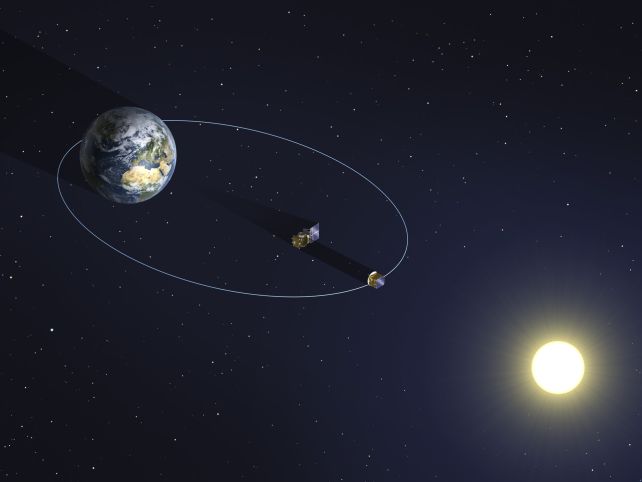
In this configuration, the Occulter orients itself to block the disk of the Sun, while the Coronagraph snaps observations of the corona in different wavelengths using its ASPIICS instrument, which stands for Association of Spacecraft for Polarimetric and Imaging Investigation of the Corona of the Sun.
After performing this magnificent feat for several hours without any input from ground control, the mission has now delivered its first artificial eclipse observations.
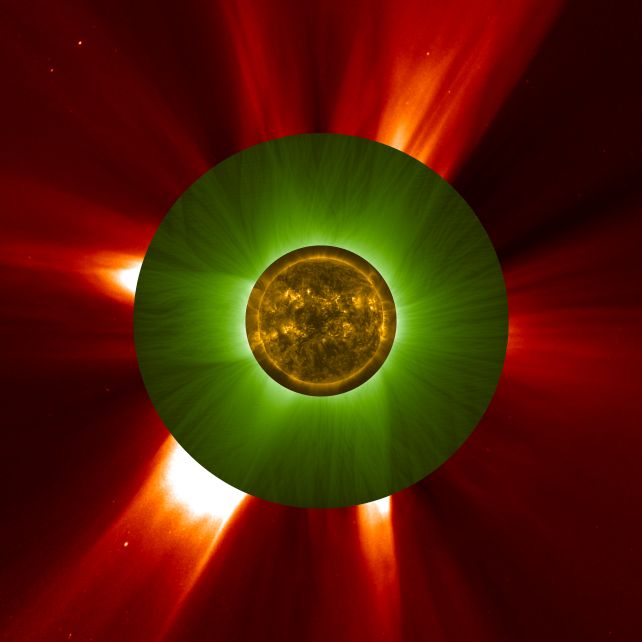
"Each full image – covering the area from the occulted Sun all the way to the edge of the field of view – is actually constructed from three images. The difference between those is only the exposure time, which determines how long the coronagraph's aperture is exposed to light. Combining the three images gives us the full view of the corona," explains ASPIICS principal investigator Andrei Zhukov of the Royal Observatory of Belgium.
"Our 'artificial eclipse' images are comparable with those taken during a natural eclipse. The difference is that we can create our eclipse once every 19.6-hour orbit, while total solar eclipses only occur naturally around once, very rarely twice a year. On top of that, natural total eclipses only last a few minutes, while Proba-3 can hold its artificial eclipse for up to six hours."
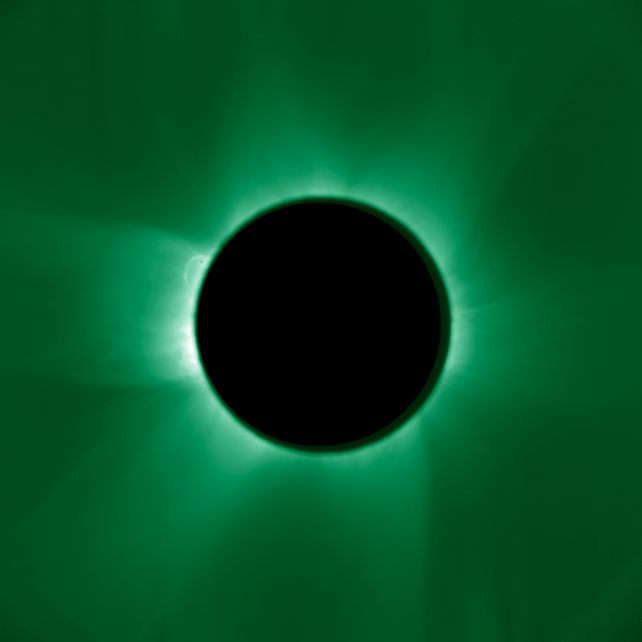
The resulting images show different properties of the hot solar corona. An image colored dark green shows ionized iron that has lost electrons due to the high temperatures. This reveals the hottest parts of the corona, and the image captured a loop structure associated with a solar flare.
An image colored yellow shows helium, and managed to snap a solar prominence, a large loop of plasma arcing out of the surface of the Sun. A third image, colored violet, shows helmet streamers in white light. Another image in lighter green shows what the Sun might look like from Earth during a solar eclipse.
For another image, three spacecraft team up with simultaneous observations. Proba-2 captures the Sun itself in extreme ultraviolet light, while Proba-3 captures the corona and ESA solar observatory SOHO focuses on the outer atmosphere.
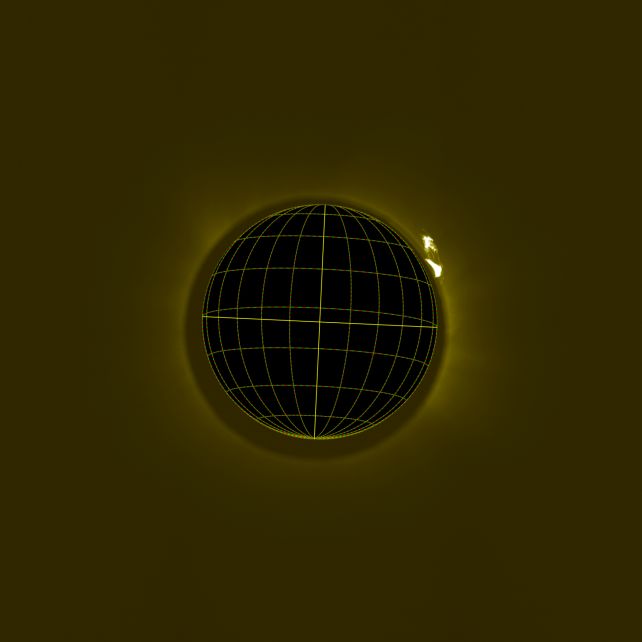
The observatory has not yet commenced its true science observations. It's in the commissioning phase, in which its systems undergo extensive testing to make sure they're working as intended; although observations taken during this stage can be used for research and analysis.
So this is just the beginning of Proba-3's journey, and a bold new realm of formation spacecraft. With a solar eclipse observable every 20 hours, we expect we're about to learn a lot more about our wild, beautiful Sun.
